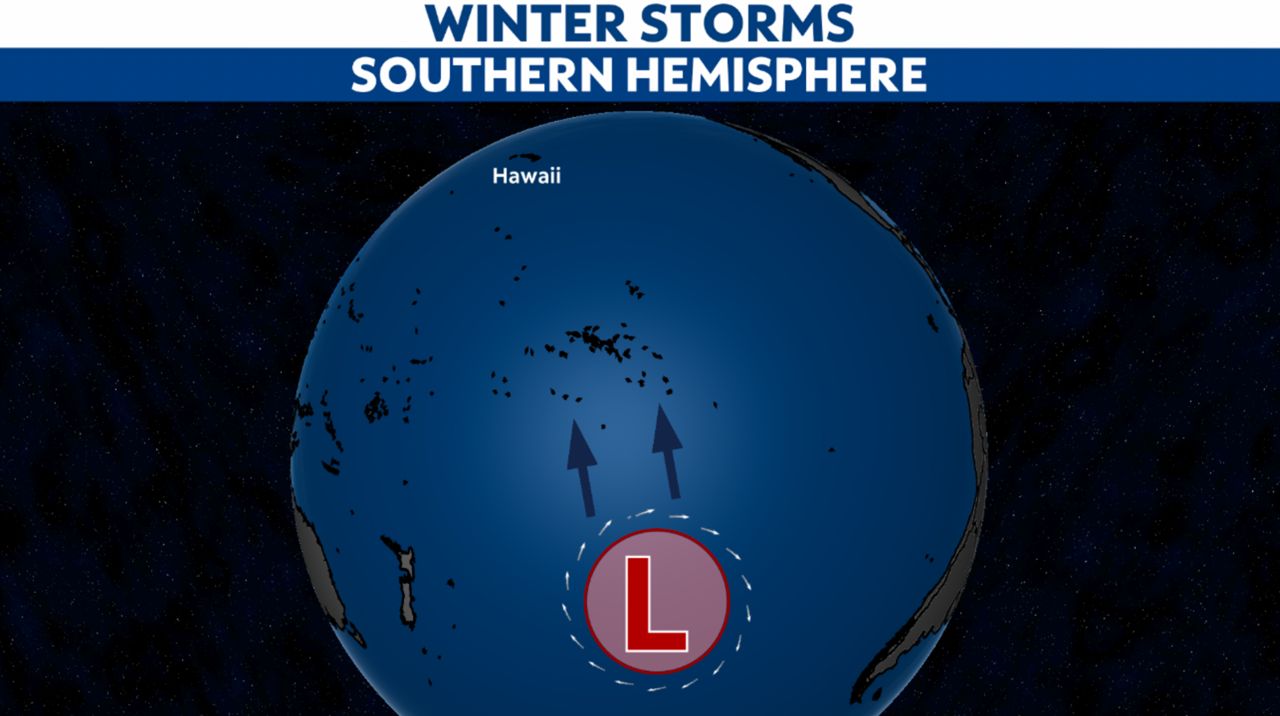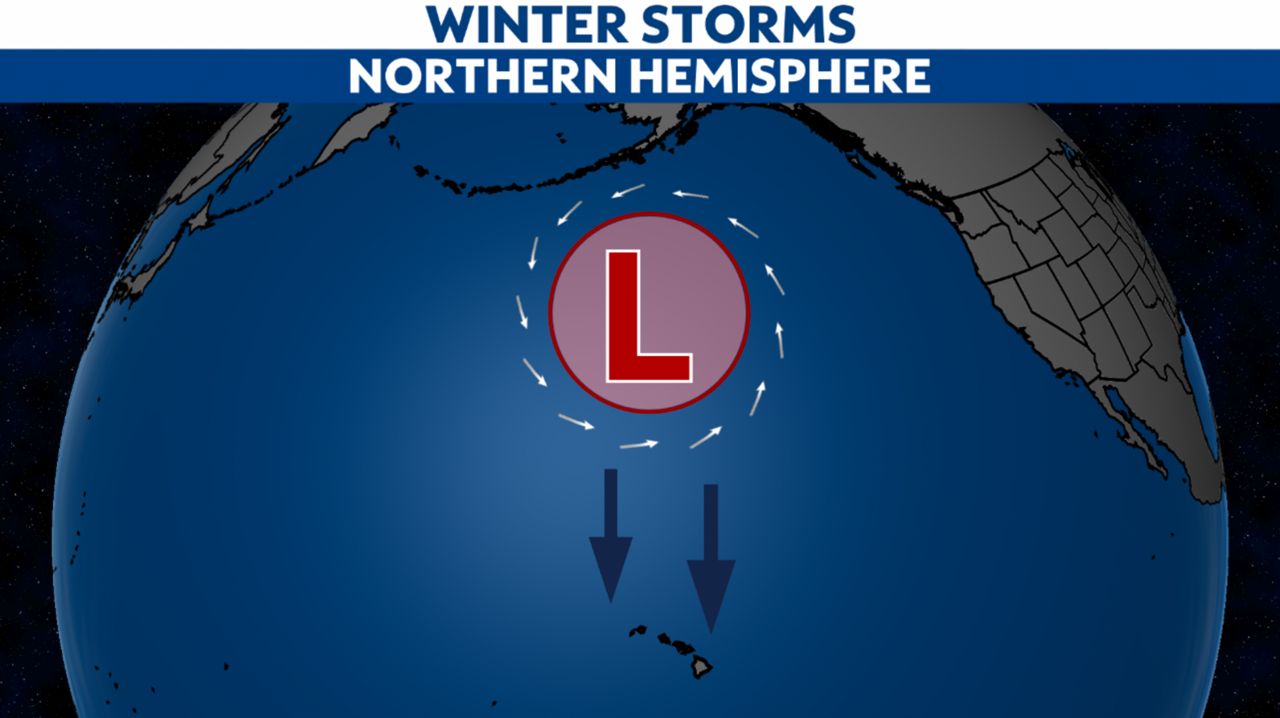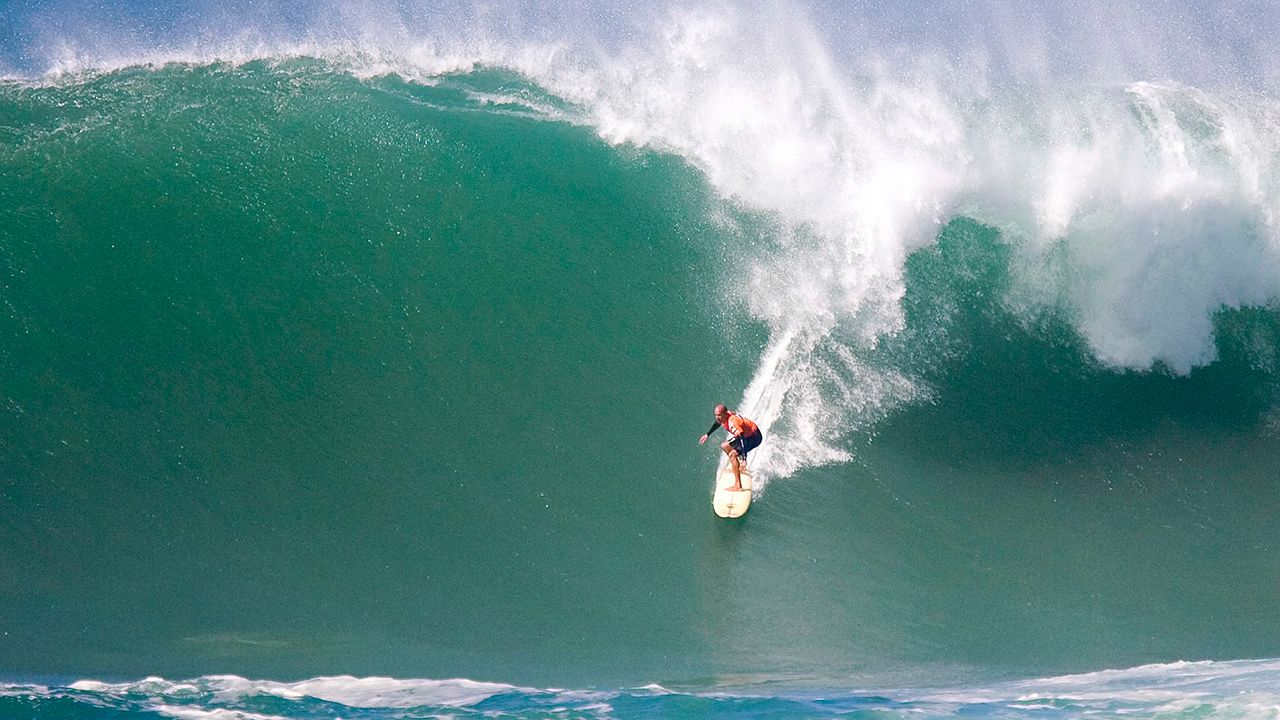There’s nothing better than riding a wave on a nice, warm day, and Hawaii has plenty of warm days.
Whether you’re an experienced surfer or beginner, there’s something for everyone.
You just have to pick the right season.
If you’re more of a beginner when it comes to surfing, summer is the right season for you.
The South, East and West shores will be your best bet to catch a wave.
Strong trade winds bring some surf to the East and North Shores, but they are generally flatter on the northern side. Swells that come from the north tend to wrap around and create higher surf on the West Shores.
If you want the best surf during the summer, head to the South Shores.
The reason is its winter in the southern hemisphere, and that’s where we’ll find winter storms.
Storms that form south of New Zealand can pack a punch and generate large waves. And like a ripple effect, these waves spread out and make their way to the south-facing shores of Hawaii.
These waves travel a long distance, so they aren’t as big when they reach the Hawaiian Islands. Other South Pacific islands also help absorb the energy from these waves.

By the time they reach the shores, the waves only reach 2-10 feet, making them perfect for people who want calmer conditions.
If you’re someone in the big leagues and want more of a challenge, winter is the season for you.
The East Shores can get large waves from the trade winds, but the South Shores stay flat since its summer in the southern hemisphere and there aren’t any big storms. If you want large waves, head to the North Shores.
Large winter storms moving south of Alaska send waves to Hawaii. These waves travel a shorter distance than from the storms in the southern hemisphere. There are also no islands between Hawaii and these storms, meaning Hawaii gets all the big waves.

And we’re talking huge waves, big enough to get your adrenaline going. These waves can reach anywhere from 30 to 70 feet, so beginners need to stay away.



